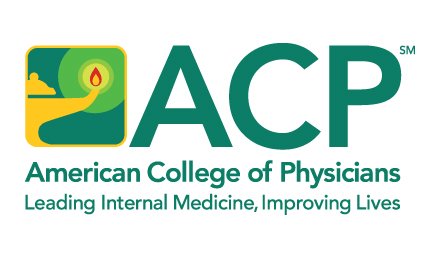For those willing to pay extra for faster access to care and essentially more of the clinician’s time, concierge models can offer patients enhanced convenience and personal attention beyond the traditional 15-minute primary care office visit. Now concierge medicine programs are springing up on college campuses, according to Axios. Programs are no doubt marketed to nervous parents who worry about their child being away from home and who likewise may be concerned about the quality …
Read More



